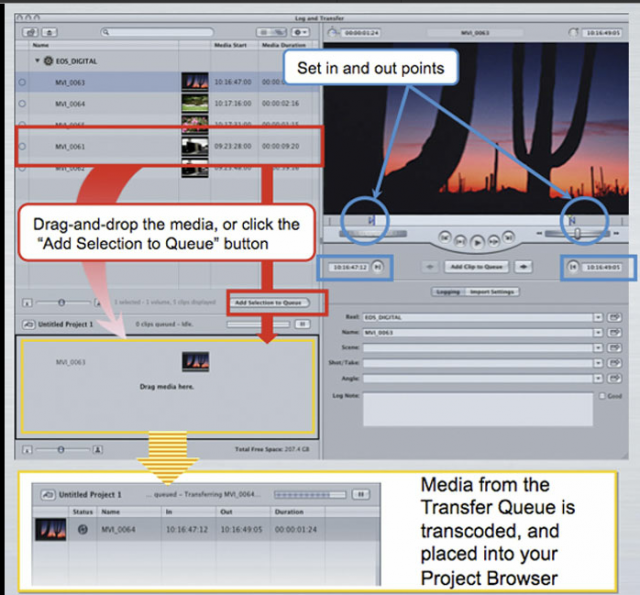If you’re wondering why the Internet isn’t bringing tons of business to your door you’re not alone. Most people we talk to feel the web isn’t living up to their expectations for new business.
A lot of people embraced the Internet and it’s promise of a new life with abundant cash flow. Most of us suffered through a huge learning curve to master new terms and technology to be able to “surf the web”. Then, NOTHING but the sound of crickets!
Why?
Well it makes us feel naive, but putting our website up was like taking out a single line ad in the New York City Yellow Pages and expecting business to flock to our door. You can find the shocking news on the Google blog site <http://googleblog.blogspot.com/2008/07/we-knew-web-was-big.html> which says that a year and a half ago Google crossed a huge milestone of 1 trillion (as in 1,000,000,000,000) unique URLs on the web at once!
So I hope you see the task ahead if you want to be found on the web. You have to be more relevant. You have to increase your presence on the web. And now we come to dogs and what I learned from them.
We all know dogs mark their territory. The more marks the bigger the dog, or at least that’s what dogs think, judging by the way they pee on everything stationary (and some thing’s not so stationary).
 So when Pepe the Chihuahua marks every tree for six blocks he is building his “presence” in the neighborhood. He’s now a big dog even though he’s twenty times smaller than Max, the Great Dane.
So when Pepe the Chihuahua marks every tree for six blocks he is building his “presence” in the neighborhood. He’s now a big dog even though he’s twenty times smaller than Max, the Great Dane.
It’s the same game Google plays. Google doesn’t know how big you really are. All Google knows is how many “trees you marked”. What does that mean? Make 60 websites? Add 600 pages to you website? No. It’s much simpler than that.
On the web you increase your presence by having lots of inbound links. (Inbound links – d. Inbound links are links from pages on external sites linking back to your site.)
One way to get lots of inbound links is by writing interesting blogs, filled with interesting things that your target audience is interested in. Each blog has a link in it back to your site. You get bigger in Google’s eyes the more people read your blogs and the more they click on that link at the bottom of the blog that drives inbound links to your site.
So if you’re feeling like your very insignificant on the web, write some blogs, and like Pepe, the Chihuahua, you’ll be a big dog in Google’s eyes. Writing blogs doesn’t have to be hard. We’ve found some easy tips to make blogging a breeze. Go, Pepe!!



 By now, you’ve hopefully seen
By now, you’ve hopefully seen 